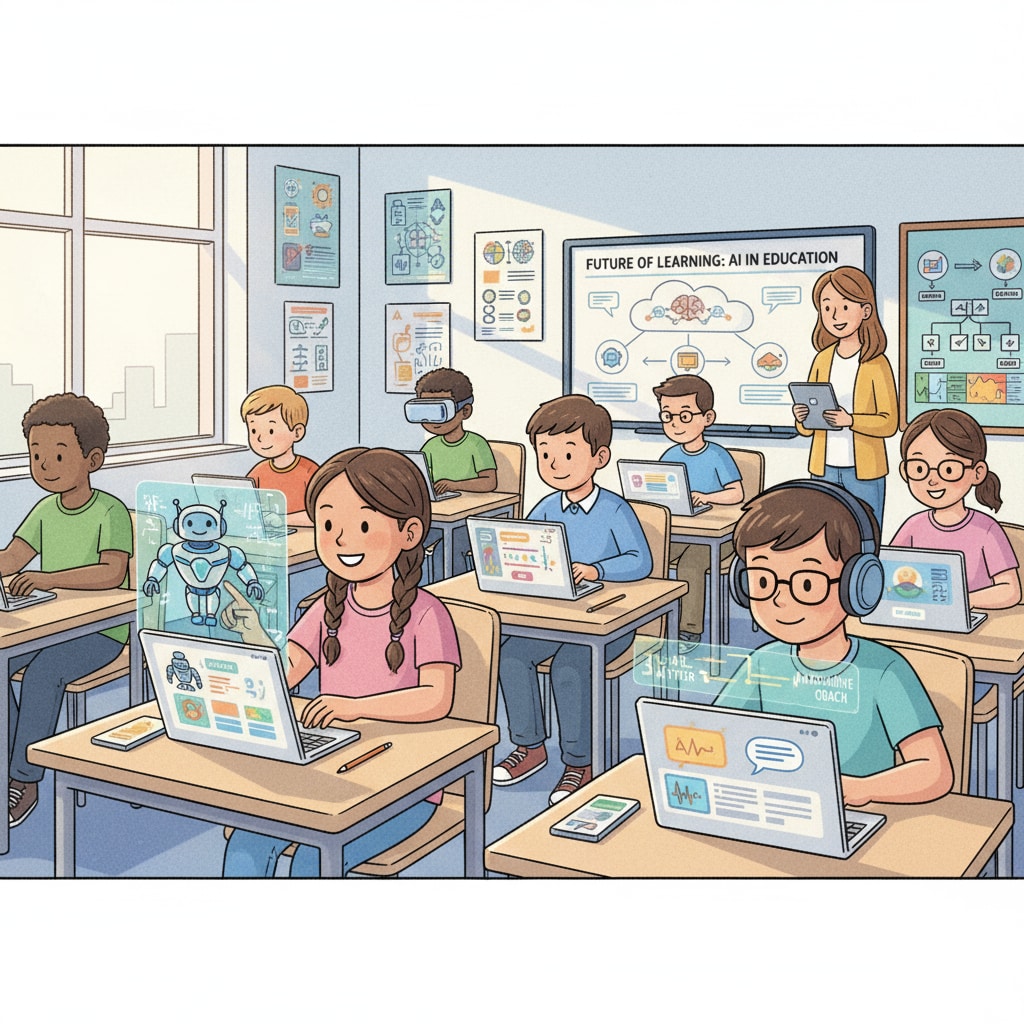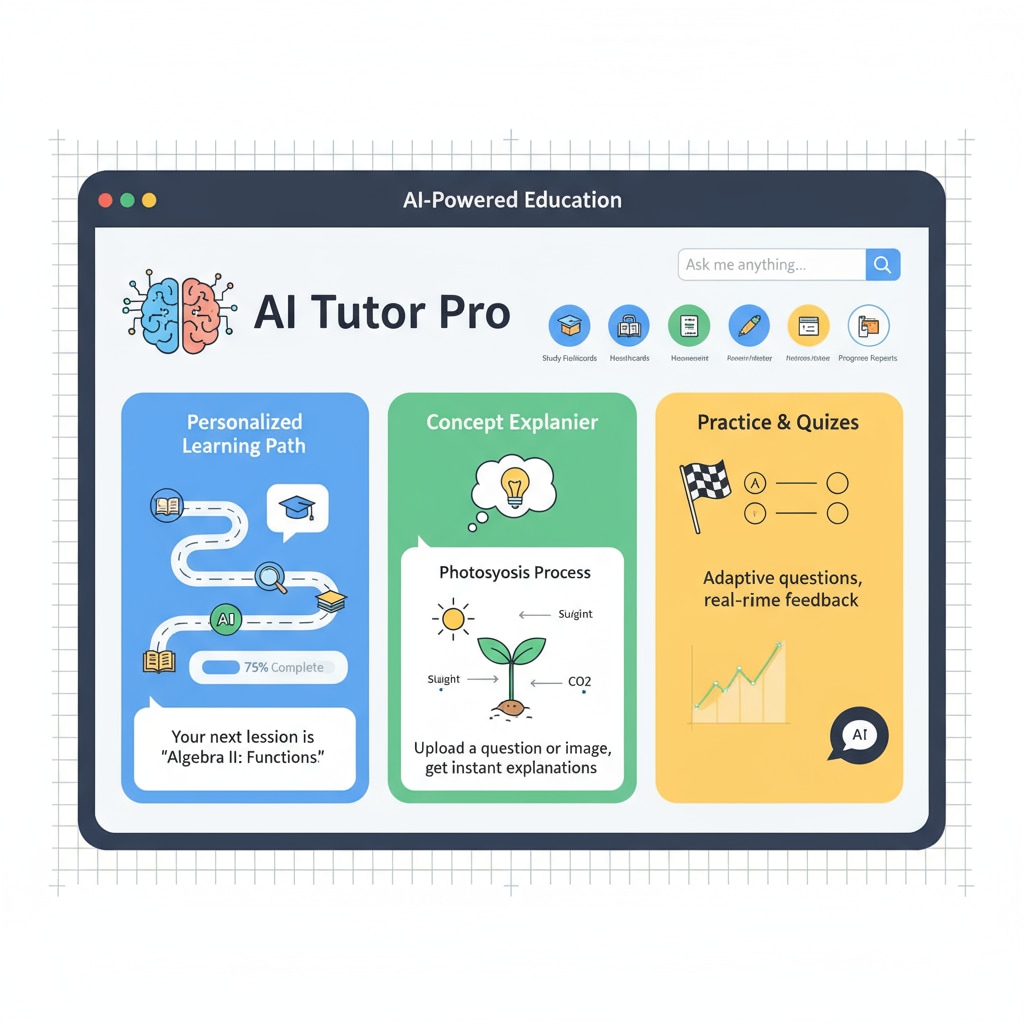Artificial intelligence, education, and learning tools are at the forefront of modern educational discussions. As technology advances, the role of AI in K12 education has become a topic of great interest. In this article, we will delve into the appropriate positioning and usage boundaries of AI in the K12 educational landscape.

The Rise of AI in K12 Education
The integration of artificial intelligence in K12 education has been on the rise in recent years. AI-powered tools can offer personalized learning experiences, adapt to individual students’ needs, and provide instant feedback. For example, intelligent tutoring systems can analyze a student’s performance and provide targeted instruction. This has the potential to revolutionize the way students learn. According to Britannica’s entry on artificial intelligence, AI’s capabilities in processing and analyzing data can be harnessed to enhance educational outcomes.

The Supportive Viewpoint
Proponents of AI in K12 education argue that it can serve as a powerful learning enhancer. AI tools can provide additional resources, such as interactive textbooks and multimedia materials. They can also assist teachers in managing administrative tasks, freeing up time for more personalized instruction. In addition, AI can expose students to real-world problems and solutions, preparing them for the digital age. As stated in Wikipedia’s article on artificial intelligence in education, AI can bridge the gap between different learning styles and levels.
The Opposing Viewpoint
However, there are concerns about the overuse of AI in K12 education. Some worry that relying too much on AI might lead to a decrease in students’ critical thinking and problem-solving skills. There is also a fear that it could replace human interaction, which is crucial for social and emotional development. Moreover, issues related to data privacy and the accuracy of AI algorithms are significant concerns. These factors must be carefully considered to ensure that AI is used responsibly in education.
Finding the Balance
To strike the right balance, educators need to set clear guidelines for AI usage. This includes defining when and how AI tools can be used in the classroom. Teachers should also be trained to incorporate AI effectively into their teaching strategies. Additionally, students should be educated about the proper use of AI, so they understand its capabilities and limitations. By doing so, we can ensure that AI enhances, rather than hinders, the learning process.
Readability guidance: The article uses short paragraphs to convey ideas clearly. Lists could be added in future sections for better organization. The passive语态 is kept to a minimum, and transition words like “however”, “in addition”, and “for example” are used to connect ideas.


